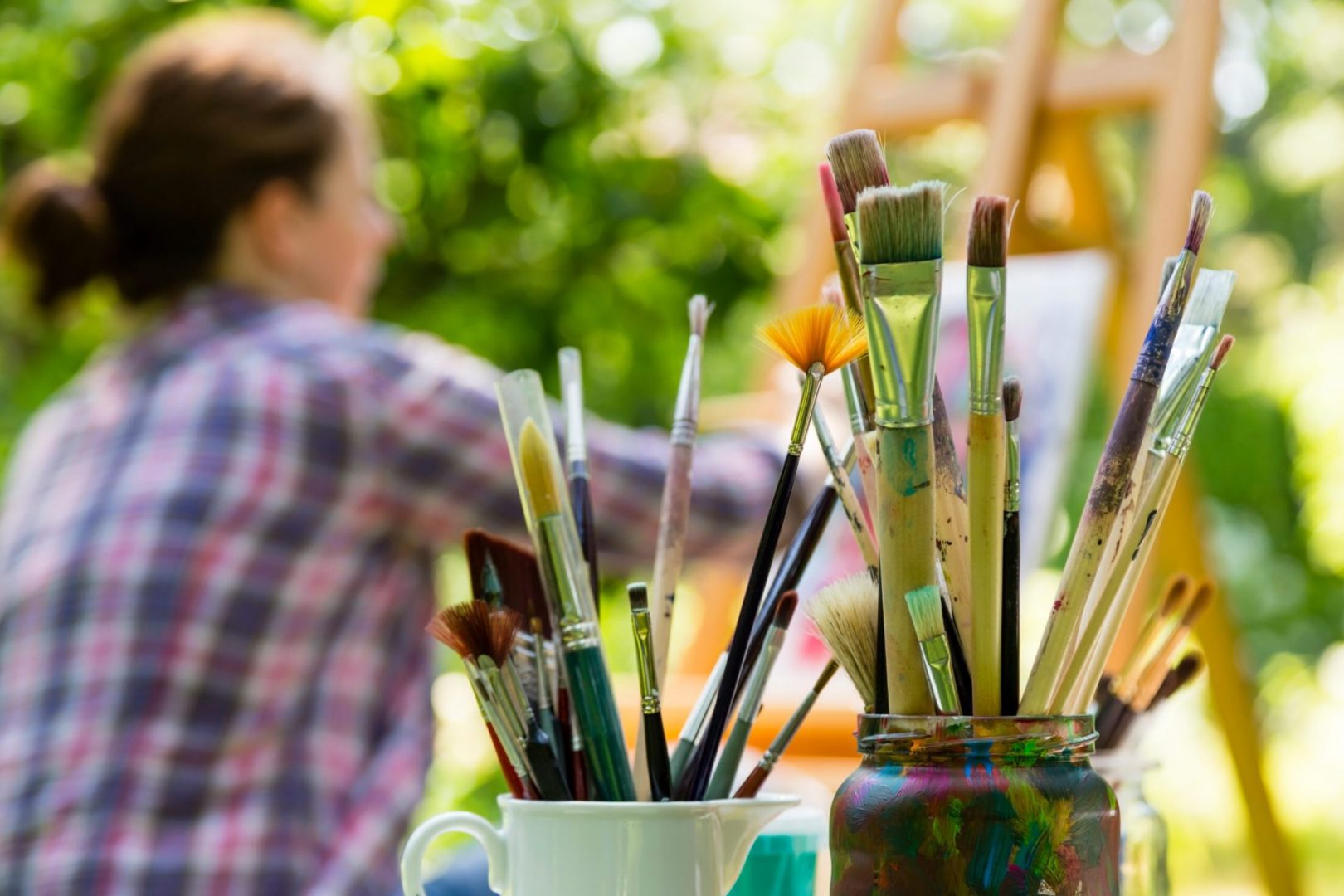Hobbies as a Gateway to Detoxifying Anger and Sadness
In the hustle and bustle of modern life, it’s not uncommon to find ourselves grappling with intense emotions like anger and sadness. These emotions, while natural, can become overwhelming and detrimental if not properly managed. One highly effective way to process and detoxify these emotions is through artistic expression. Therefore, engaging in creative hobbies can serve as a therapeutic outlet, allowing us to channel our feelings into something constructive and beautiful. In this blog, we’ll explore how artistic expression can help detoxify anger and sadness and provide practical tips to help you incorporate these practices into your life.
Understanding the Therapeutic Power of Artistic Expression
Artistic expression taps into our inner world, giving us a non-verbal language to convey what words often cannot. Whether through painting, writing, music, or other creative pursuits, art allows us to externalize our emotions, making them more manageable and less consuming.
- Emotional Release: Art provides a safe space to release pent-up emotions. Consequently, the act of creating can be cathartic, offering relief from the intensity of anger and sadness.
- Self-Reflection: Artistic activities encourage introspection. They allow us to explore and understand the underlying causes of our emotions, thus leading to greater self-awareness and emotional intelligence.
- Mindfulness and Presence: Engaging in creative hobbies requires focus and presence, promoting a state of mindfulness that can help reduce the mental clutter associated with negative emotions.
Practical Tips for Using Artistic Expression to Detoxify Anger and Sadness
Here are some practical tips and exercises to help you harness the power of artistic expression to manage and detoxify anger and sadness:
- Painting and Drawing
- Expressive Art Journaling: Keep an art journal where you freely paint or draw your emotions. Don’t worry about technique or aesthetics; instead, focus on expressing how you feel. Additionally, use colours and shapes to represent your emotions.
- Anger Art: When you feel angry, use bold, intense colours and vigorous strokes to create abstract art that captures your feelings. Consequently, this can help release the physical tension associated with anger.
- Writing and Poetry
- Free Writing: Set a timer for 10-15 minutes and write continuously without censoring yourself. Let your thoughts flow onto the paper. As a result, this can help you process and release emotions.
- Emotion-Focused Poetry: Write poems that encapsulate your feelings of anger or sadness. Therefore, poetry can be a powerful way to articulate and understand your emotions.
- Movement and Dance
- Emotional Dance: Use dance as a way to physically express your emotions. Let your body move freely to music that mirrors your feelings. Accordingly, this can help release emotional energy.
- Mindful Movement: Practice mindful movement exercises, like yoga or tai chi, to help ground yourself and release tension associated with anger and sadness.
- Crafts and Hands-On Activities
- Clay Modeling: Working with clay can be a tactile way to release emotions. Shape and mould the clay based on your feelings, and notice how the physical activity helps soothe your mind.
- Collage Making: Create collages using magazine cutouts, photos, and other materials that represent your emotions. Consequently, this can be a visual way to process and understand your feelings.
Incorporating Artistic Expression into Your Routine
To reap the full benefits of artistic expression, it’s important to make these practices a regular part of your routine. Here are some tips to help you get started:
- Set Aside Time: Dedicate a specific time each day or week for your chosen artistic activity. Therefore, consistency is key to making this a habit.
- Create a Safe Space: Set up a comfortable and inspiring space for your creative activities. Make sure it’s a place where you feel safe to express yourself without judgment.
- Join a Community: Consider joining a local art class, writing group, or music circle. Moreover, sharing your creative process with others can provide support and encouragement.
- Reflect and Share: Take time to reflect on how these activities affect your emotions. Furthermore, sharing your work with a trusted friend or therapist can also provide additional insights and validation.
Conclusion
Artistic expression is a powerful tool for detoxifying anger and sadness. By engaging in creative hobbies, you can transform these intense emotions into something meaningful and beautiful. Whether through painting, writing, music, or other forms of art, the act of creation can provide relief, insight, and healing. Therefore, start exploring your artistic side today, and discover the therapeutic benefits of expressing yourself through art.
Remember, the goal is not to create a masterpiece but to use the process of creation to understand and manage your emotions. Embrace the journey of self-expression, and let your art be a gateway to emotional detoxification and well-being.
If you think that you can benefit from professional support on this issue, you can reach out here







